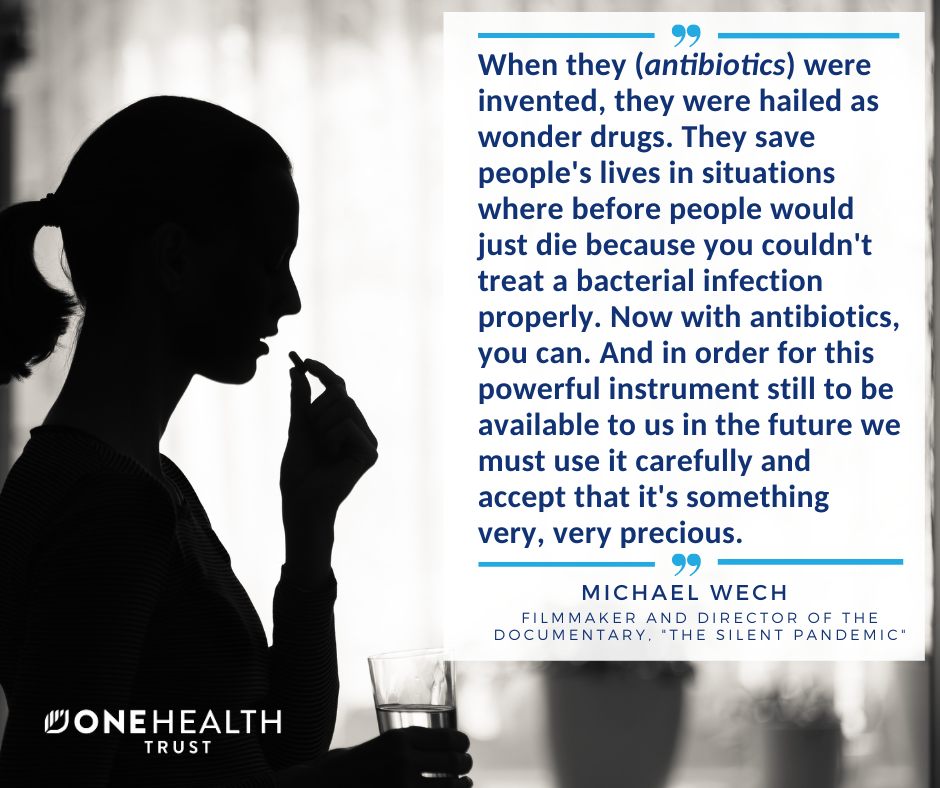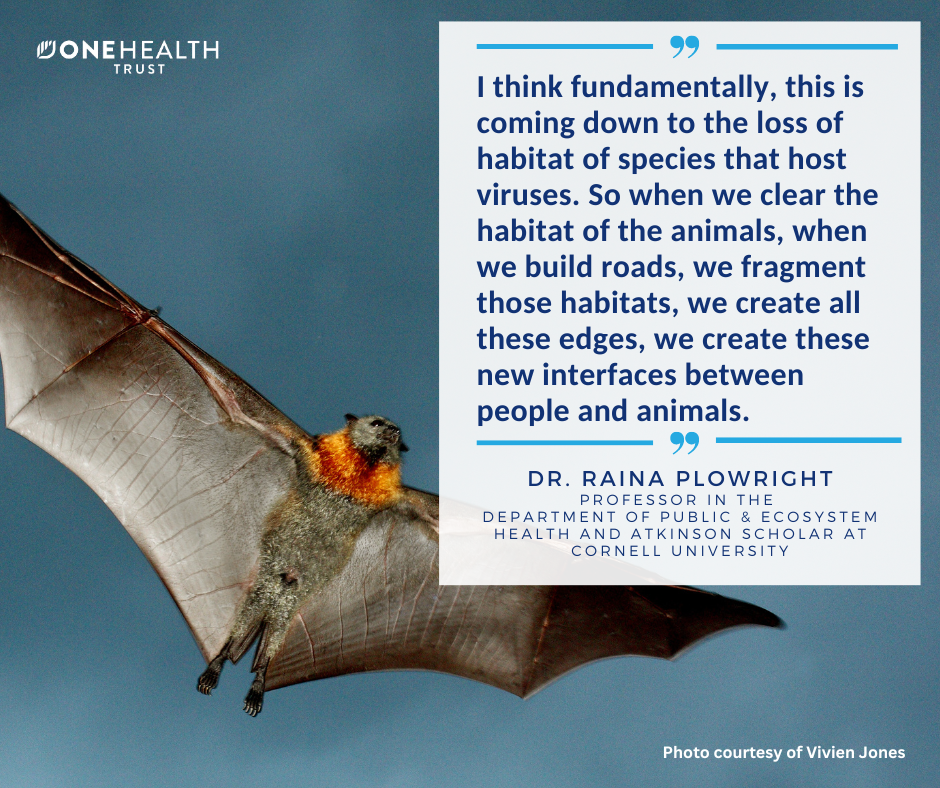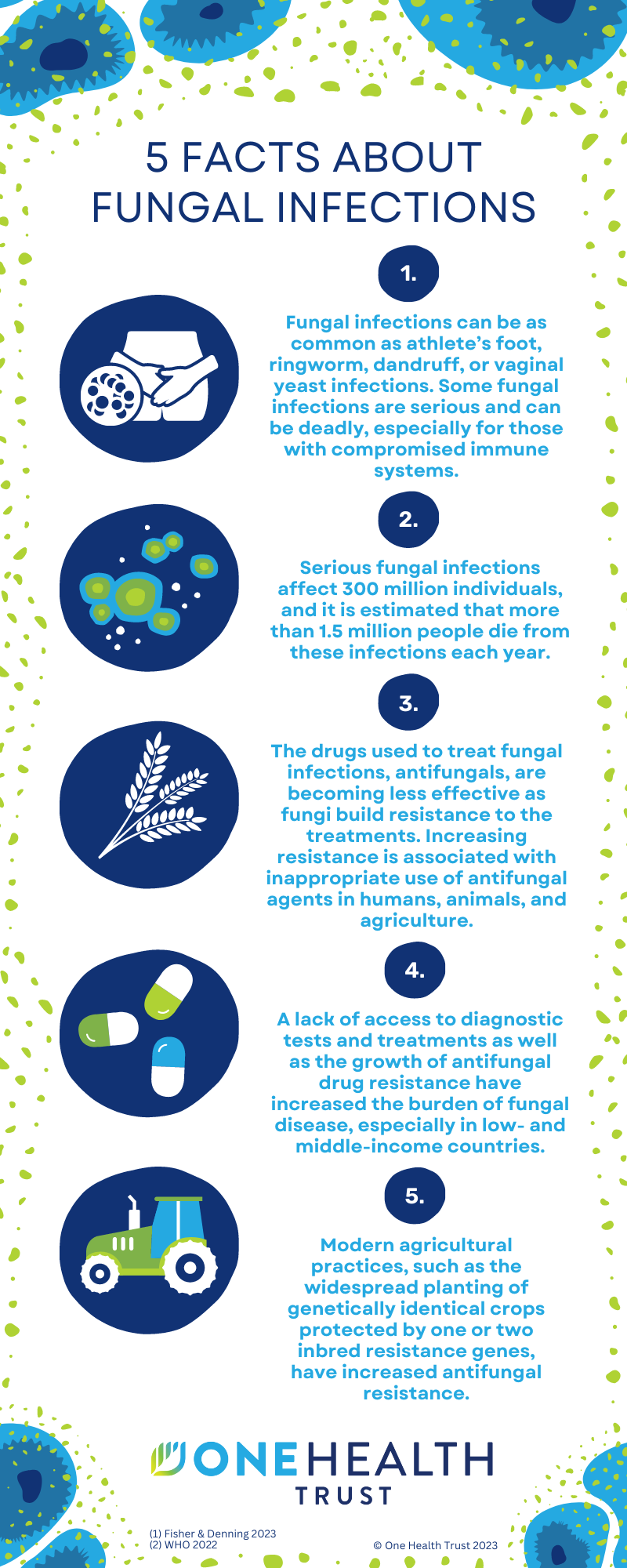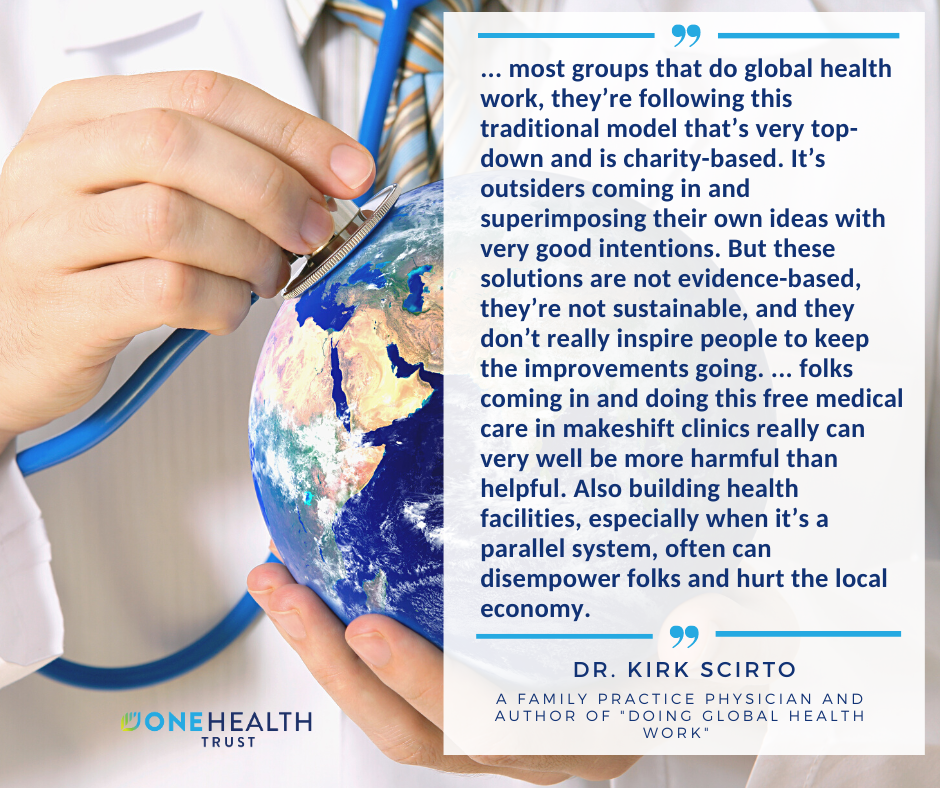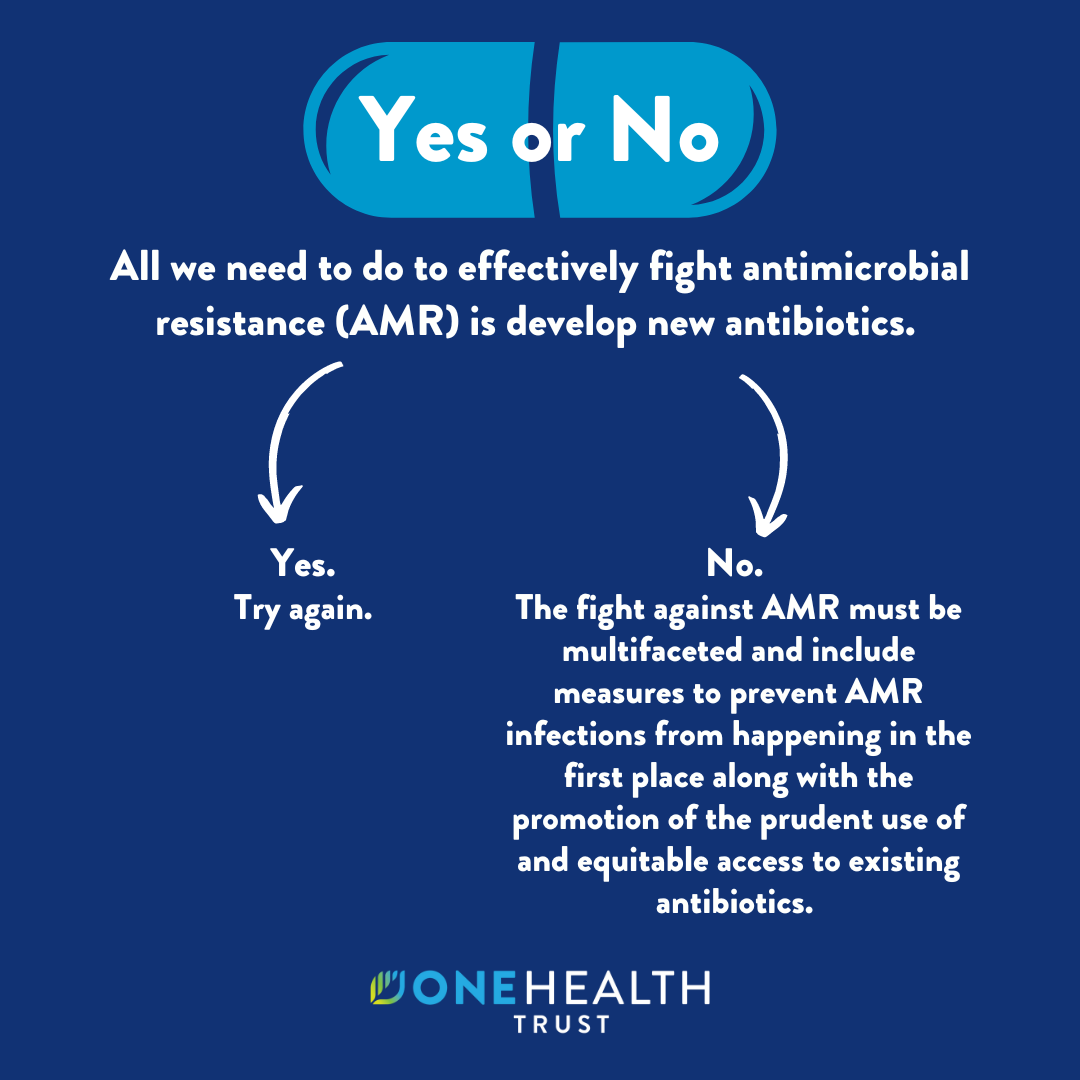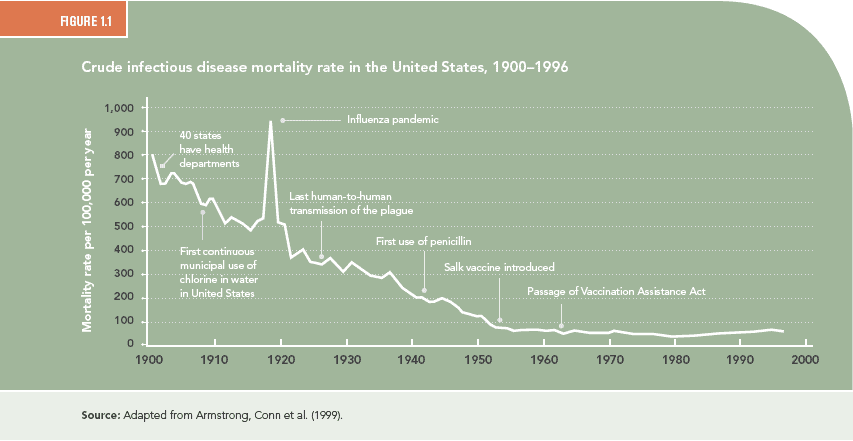
April 28, 2010

The introduction of penicillin in 1941 is among the most significant technological advances in modern medicine. Although many improvements in public health and medicine and a decline in infectious disease mortality preceded the introduction of penicillin, antibiotics have made possible further reductions in deaths and disability from infectious disease (Figure 1.1). Perhaps equally important, they have facilitated the vast expansion of other medical interventions, such as kidney and heart transplants, by allowing clinicians to prevent surgical site infections and infections in immuno-suppressed patients, such as organ recipients. Now, growing levels of bacterial resistance to antibiotics threaten our ability not just to treat infectious diseases but also to perform other procedures and treatments that fundamentally depend on affordable and effective antibiotics.



